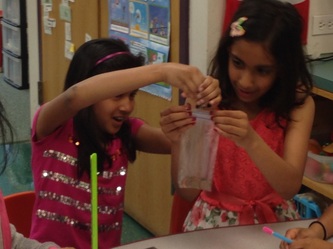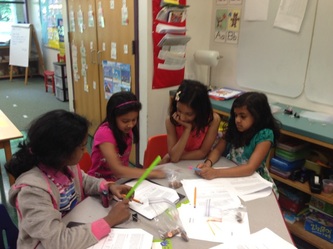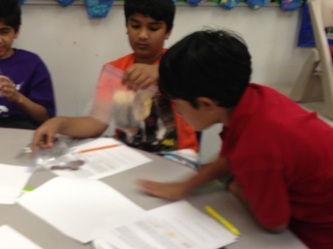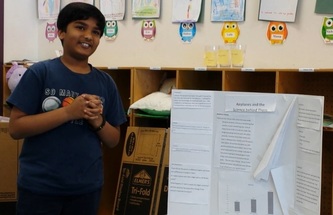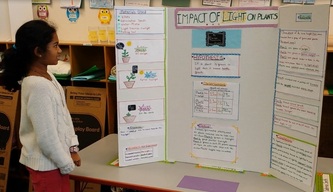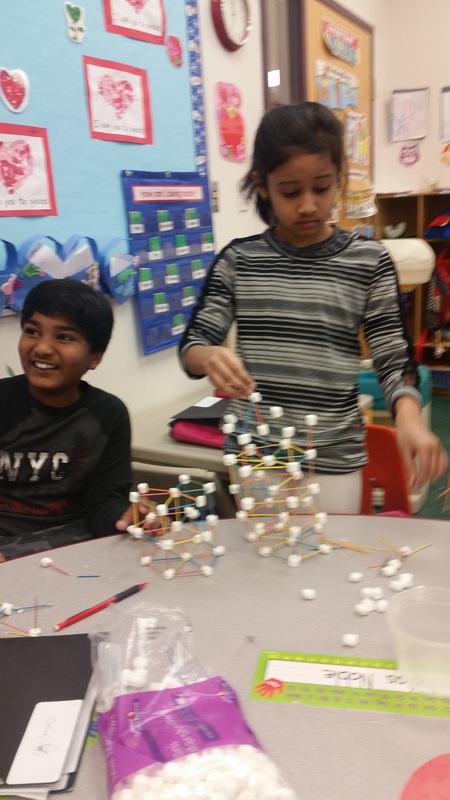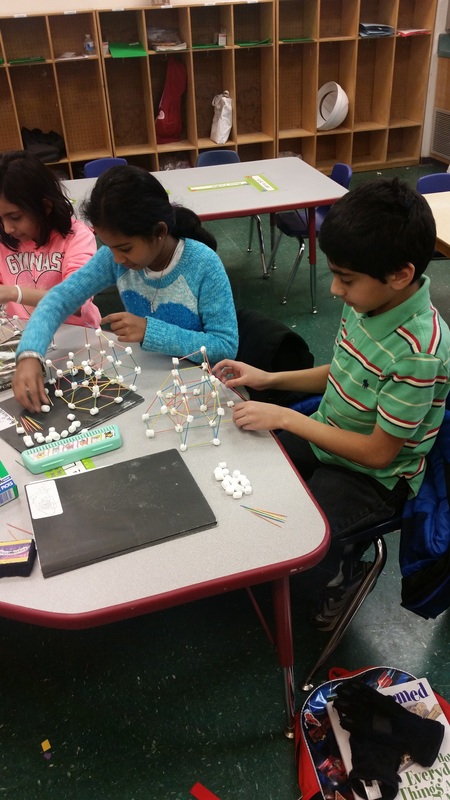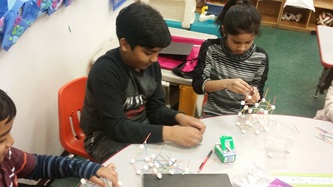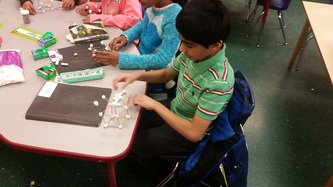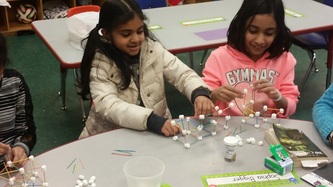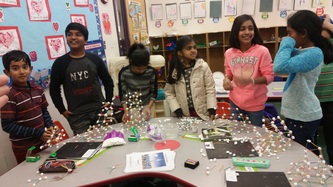1st Annual Learning Fun School Science Fair
All students registered in any of the classes we offer are eligible to participate in our science fair competition. Students are given outlines and references to aid in their scientific inquiry. This is not a show and tell. Students from grade 1 to grade 6 must follow a rubric that includes proper format for the problem and hypothesis, variables, control groups, and correct use of tables and graphs. Below is a highlight of science fair presentations for all grade levels.
The focus of our science fair competition is to introduce students to the wide world of scientific inquiry. Below are some examples of experiments conducted by our students using an experimental design outline.
We conclude the day with an award ceremony to acknowledge the students that best exemplify scientific inquiry through experimental design. Students are recognized in three different levels.
- Division A: Grade 1 and Grade 2
- Division B: Grade 3 and Grade 4
- Division C: Grade 5 and Grade 6
Elasticity
Students explore elasticity using household materials such as rubber bands, sandwich bags, binder clips, and water. Students work in pairs to measure the elasticity of each rubber band. Students can understand a complex idea like elasticity using hands on projects with tools they understand.
Science Fair Practice
Students take what they have learned in class and create their own science fair experiments at home. Using the experimental design guidelines students use variables to answer a question.
Rubber Band Cars
Potential energy in rubber bands are the driving force behind the cars below. Students learn how rubber bands hold elastic potential energy and when the car is released the stored energy is converted to kinetic energy, propelling the cars forward.
Toothpick Towers
Students learn the principles of structural engineering, including force and geometry. The goal of the class is to make the largest tower that is stable using unstable materials such as toothpicks and marshmallows.
